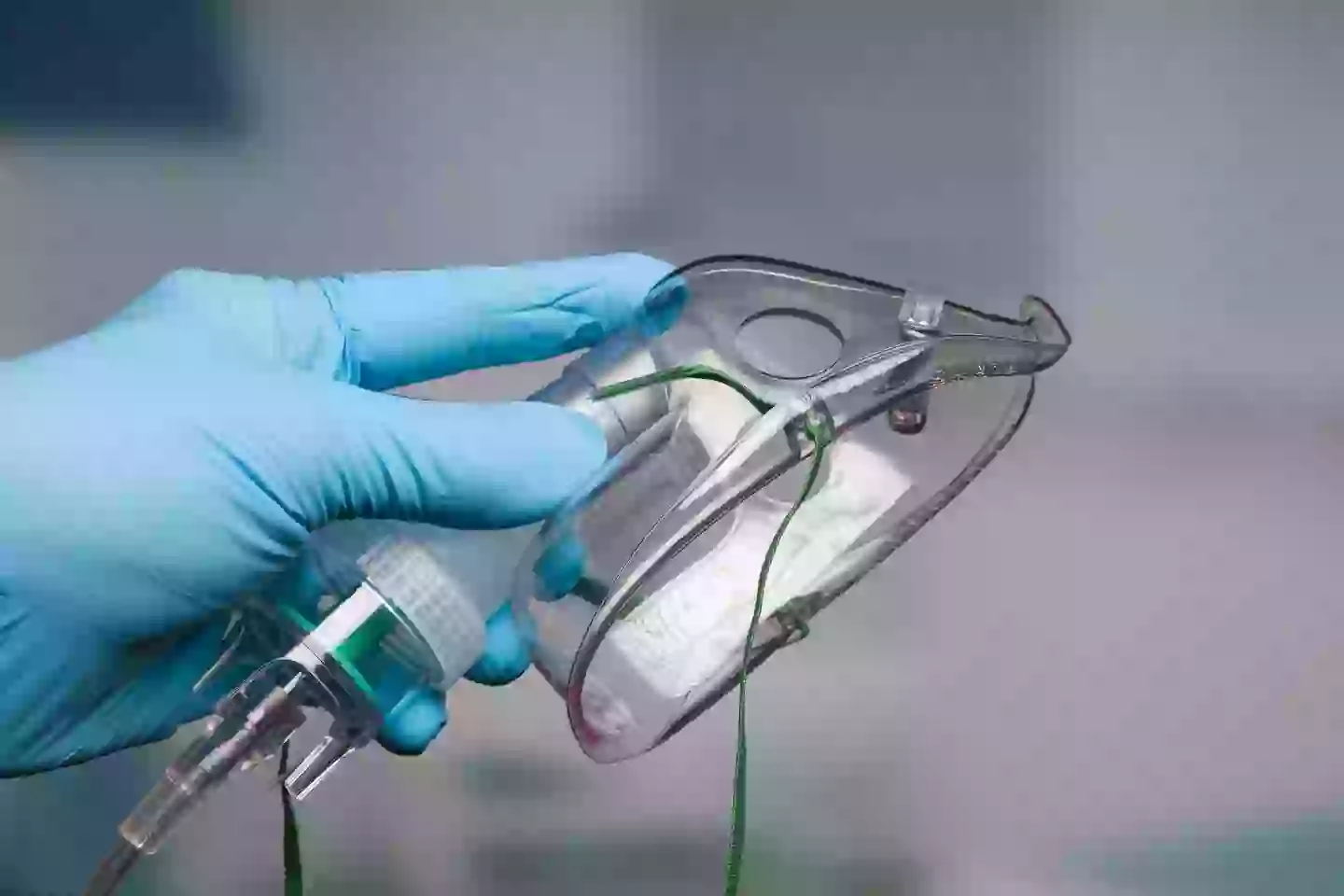With the recent execution of one of the longest-serving death row inmates via nitrogen gas, interest in understanding how this method works has increased.
On Tuesday, June 10, Gregory Hunt, who had been on death row for over thirty years, was put to death.
Hunt, 65, was found guilty of the murder of 32-year-old Karen Lane, whom he brutally assaulted and killed in Cordova, Alabama, in 1988.
His conviction came in 1990 when a jury found him guilty of capital murder during a sexual assault and burglary.
Hunt had been in a relationship with Lane for approximately a month before allegedly breaking into her home and committing the crime out of jealousy.
Lane sustained 60 injuries during the attack.
On Tuesday, at 6:26 pm, Hunt was declared dead after inhaling nitrogen gas.
During the execution, when asked if he had any last words, Hunt responded with ‘no’ and made a chilling gesture towards the witnesses present.
He was secured to a gurney, and his entire face was covered with a mask through which nitrogen gas was administered shortly before 6 pm.
At 5:59 pm, as the execution was underway, Hunt let out a moan, his feet lifted, and he took four more labored breaths with long pauses in between, according to NBC News.
By 6:05 pm, there was no further movement from him.
In the United States, only Alabama, Oklahoma, and Mississippi permit the use of nitrogen gas for executing death row inmates.
During the process, inmates inhale pure nitrogen gas through a mask, causing a rapid drop in oxygen levels in the bloodstream.
This results in hypoxia, a condition where the body lacks sufficient oxygen at the tissue level.
The Cleveland Clinic notes that hypoxia can lead to a slow heartbeat, severe agitation, and a bluish tint to the skin.
Within minutes, inmates can lose consciousness as brain cells begin to die.

Brain damage typically starts within four minutes without oxygen, as stated by the Cleveland Clinic.
If not halted, this process will result in death shortly thereafter.
According to the Alabama Department of Corrections’ execution protocol, nitrogen is “administered for 15 minutes or five minutes following a flatline indication on the EKG, whichever is longer”.
While some argue that hypoxia is a painless and humane execution method, accounts from past executions raise doubts about this claim, making it a contentious method.
For instance, during Alabama’s first nitrogen hypoxia execution of Kenneth Eugene Smith in January 2024, witnesses recounted that Smith remained conscious for a few minutes, experiencing convulsions and labored breathing before losing responsiveness.
Similar reactions were observed in subsequent executions, including that of Hunt.

